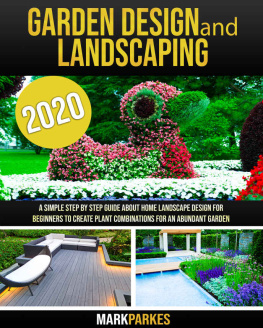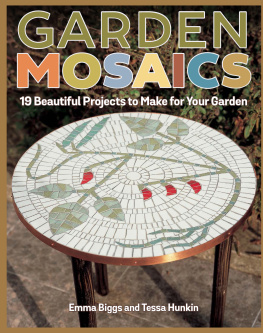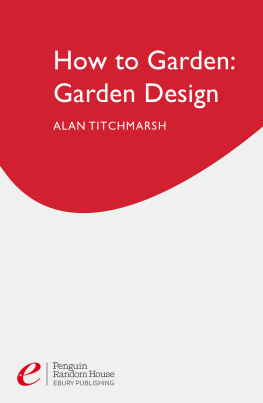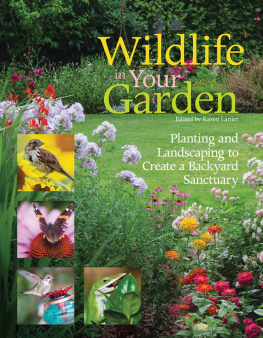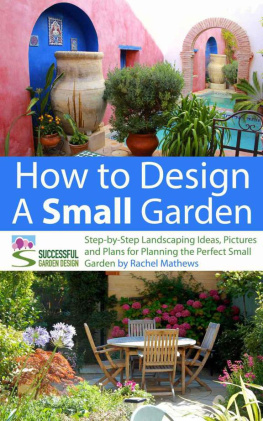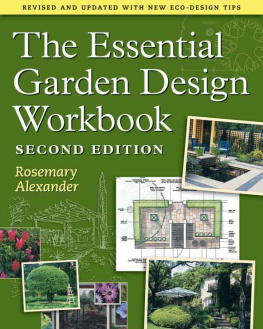Garden Design & Home Landscaping
How To Plan and Create Your Ideal Garden
MILTON HARMON
Copyright 2020 by (MILTON HARMON) - All rights reserved.
This document is geared towards providing exact and reliable information in regards to the topic and issue covered. The publication is sold with the idea that the publisher is not required to render accounting, officially permitted, or otherwise, qualified services. If advice is necessary, legal or professional, a practiced individual in the profession should be ordered.
- From a Declaration of Principles which was accepted and approved equally by a Committee of the American Bar Association and a Committee of Publishers and Associations.
In no way is it legal to reproduce, duplicate, or transmit any part of this document in either electronic means or in printed format. Recording of this publication is strictly prohibited and any storage of this document is not allowed unless with written permission from the publisher. All rights reserved.
The information provided herein is stated to be truthful and consistent, in that any liability, in terms of inattention or otherwise, by any usage or abuse of any policies, processes, or directions contained within is the solitary and utter responsibility of the recipient reader. Under no circumstances will any legal responsibility or blame be held against the publisher for any reparation, damages, or monetary loss due to the information herein, either directly or indirectly.
Respective authors own all copyrights not held by the publisher.
The information herein is offered for informational purposes solely, and is universal as so. The presentation of the information is without contract or any type of guarantee assurance.
The trademarks that are used are without any consent, and the publication of the trademark is without permission or backing by the trademark owner. All trademarks and brands within this book are for clarifying purposes only and are the owned by the owners themselves, not affiliated with this document.
Table of contents
Introduction
You have a little garden that's fine, Tiny gardens are amazing, with them you can do a many more than any other styles of a greenhouse. I realize that it may seem ridiculous to tell, but I promise you it's not.
When you sound a bit doubtful about how beautiful little gardens are, let me clarify.
Big gardens seem to require wide-open space spaces externally because they don't appear so cluttered. Intricate information regarding the architecture seems to get lost in wide-open areas. Nevertheless, you will also bring in much further design information in a tiny garden since it is so close to you.
Now, even as I hate the overused word 'outside space,' it's suitable for small gardens. And instead of getting daunted by planning a little greenhouse, just look at it as decorating a space. A slight change in attitude can allow you to handle things more quickly as room design is something that you are both comfortable with and could do.
By the way, I mean the whole backyard when I say 'garden,' not just the field borders.
Will every garden be incredible, no matter how tiny it is?
In a phrase. Size isn't really a consideration as significant as you would believe it is.
The most critical aspect of every landscape design, regardless of the size or form of it, is how the room is organized and utilized. We 're going to discuss this in-depth later, but essentially you need to build design forms that bind the entire garden in a way that makes it appear bigger and more exciting. It is much more important for achieving in a tiny yard.
I'll explain to you how and when to use every last inch of space in the entire book, such as vertical space. We would also look at ways to construct an additional room for various heights and how to use the best construction materials to help accentuate the area.
What Makes Small Exactly?
No two human beings get the correct same conception of what is small because all is relative to a city resident with just a few sq. M of a roof terrace, a tiny garden may appear huge to anyone living in a rural region.
So, that contains a range of different sizes and shapes small gardens in this book. If any of the instance gardens are bigger than your garden, you should still be capable of adapting the ideas so you can work with the length garden that you have.
Chapter 1: Landscaping Essentials
Although designing a beautiful garden can be a complicated process with several separate layers, concentrating on the right items in the right order is not difficult to do. The next step, after you've figured out what you desire, is to figure out the best way to do that.
Now, you might have no idea at this point whether you will collaborate with a landscape expert or have a try yourself. The following brief multiple-choice queries are asked to help you nail down one of your Two design ideas: DIY garden preparation, hiring a planner, or a mix of those that would be better.
After that, we'll have a much more in-depth analysis of each of the solutions some each of the pros and cons.
So, let 's look at the possibilities to get a super-looking lawn.
Deciding whether to DIY or employ a specialist will sound like taking such a major decision. Discuss the 4 questions below; your comments should further improve the decision-making phase.
a) In a few months
b) As soon as possible
c) Within 12 - 18 months or longer
a) No time at all
b) 1 hour or 2 a week
c) 4-5 hours every week
a) Yes
b) Sometimes
c) No
a) Yes
b) Sometimes
c) No
If your score was about 4-6: It will be your best decision to hire a professional.
If you scored between 7-9: You 're a fence sitter, and you can use either of these options. If your score is between the 10-12: You re totally the type of person that's fitting to learn how to develop your garden, if you really want to.
Now we are going to take a look at each choice in detail.
Guaranteed Garden Failure
Now I understand absolutely that people want to stop the preparation phase. The idea of planning your garden or hiring a specialist to do something for you may be very daunting or maybe even waste time and energy.
The other element, which may seem really overwhelming, is managing the whole garden with one step. So, many people continue their journey around the garden in one corner and function. It seems better at the same time, only doing a little.
Sadly, this approach causes loss (when there's no overall garden plan).
All interlinks and functions like a whole organism in a well-designed environment, a little like a puzzle jigsaw. Anything else that you put in the garden influences on it. Doing a little of a garden at the moment is fine if there's a design concept plan, and you know exactly where the patio must end, and how its shape affects the entire garden.
For a moment, I would like you to humor me, as we go away and dive deep into a new house metaphor. I need us to venture into an alternate world where houses are designed a little at a time, without a well-thought-out design for an architect to execute.





